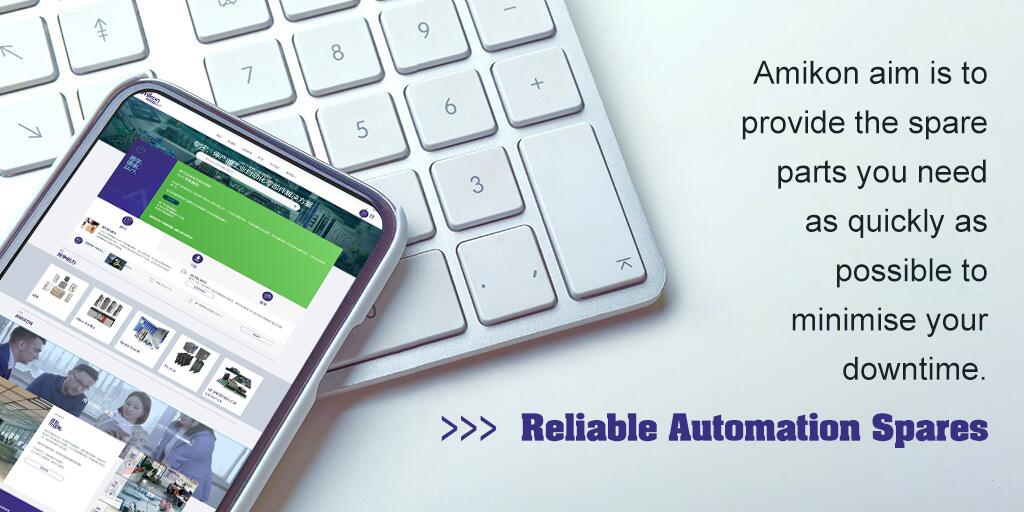Microelectronics: The Invisible Backbone of Modern Manufacturing
While factories remain fundamentally mechanical environments, their operations now critically depend on advanced microelectronics. The Industrial Internet of Things (IIoT) - the foundation of Industry 4.0 - would be impossible without semiconductor technology.
Consider the striking juxtaposition: massive industrial presses shaping tons of molten metal are controlled by transistors measuring just 10 nanometers. Though vastly different in scale, these transistors are equally mechanical devices - except their raw material is data rather than steel.
Data Integration Through IIoT Architecture
Modern industrial operations demand high-speed performance, placing immense pressure on control systems. The need for parallel data acquisition, analytics, and real-time control is driving OEMs to adopt IoT solutions for industrial environments.
Equipment manufacturers are integrating Industrial PCs (IPCs) with:
Industrial control systems
Data acquisition modules
Wide-area connectivity interfaces
This convergence enables machine optimization through data-driven insights while providing managers with enhanced performance analytics. IPCs are progressively replacing legacy Programmable Logic Controllers (PLCs) in many applications.
Cloud-connected IIoT systems facilitate large-scale analysis of:
Process quality metrics
Production efficiency
Predictive maintenance needs
Material utilization rates
Waste management
Workplace safety conditions
Distributed sensor networks generate raw operational data that's transformed into actionable intelligence through advanced analytics, driving efficiency gains across production lines.
While IPCs support cloud integration, Edge Computing presents a compelling alternative by bringing computational power directly to the factory floor. Real-time data processing at the source eliminates unnecessary network latency - a critical advantage for time-sensitive operations. This is enabled by Time-Sensitive Networking (TSN), an Ethernet-based technology that ensures deterministic data delivery with minimal latency.
Modern PLCs are evolving with:
Network connectivity options
Embedded web server capabilities
Gateway functionality for IIoT integration
For smaller operations, micro-PLCs based on affordable Single-Board Computers (SBCs) serve as practical entry points into industrial automation.
The automation landscape offers multiple implementation pathways:
Facility-wide IPC networks
Distributed Edge Computing architectures
Hybrid micro-PLC solutions
Each approach leverages semiconductor innovations while addressing different operational requirements.
As Industry 4.0 progresses, semiconductor technology will continue to drive transformation across manufacturing ecosystems - from the smallest sensor node to enterprise-wide control systems. The convergence of operational technology (OT) and information technology (IT) through advanced microelectronics represents the foundation for next-generation industrial automation.



